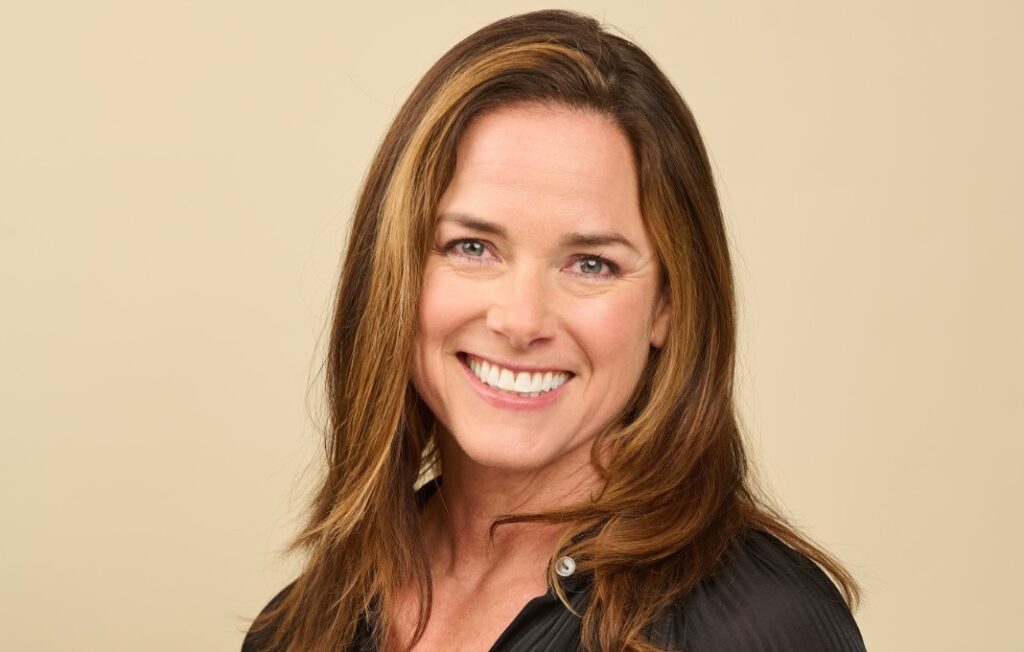Today’s business environment is seeing great upheaval. Layoffs are ubiquitous, especially in tech, and we need leadership that is both decisive and empathetic. This may well be the time for leaders who don the CEO’s mantle to be invested in their people more than before and have their finger on the pulse of their employees better than ever.
In this context, chief people officers’ “inside-out” view of an organization makes them great candidates for the position of CEO.
According to an article published in HBR, CHROs ranked highly among C-Suite executives—on par with chief operating officers—whose traits were the most similar to that of CEOs. The research assessed the executives against 14 leadership traits, grouped into three categories: leadership style, thinking style and emotional competency.
It shouldn’t be surprising, then, that many have made the transition from HR into the top executive position. Look at Mary Barra, who was the VP of global human resources at General Motors before eventually becoming CEO, a role she’s held for nearly 10 years.
In fact, my own transition to the post of CEO at LatentView Analytics has been aided greatly by virtue of having served as the chief people officer for nearly three years before becoming CEO. Of course, working with an amazing team of other C-Suite leaders has made the transition more seamless and easier.
Although there are overlaps in leadership traits between CPOs and CEOs, the transition isn’t always easy. So, if your goal is to make the jump from CPO to CEO yourself, here are six strategies that will help you hit the ground running from day one:
1. Zoom out. While being a CPO gives you a great “inside-out” perspective of the organization, being a successful CEO requires an “outside-in” perspective as well.
You need to see the big picture and understand how all the pieces fit together—not just internally but externally as well.
Who are your stakeholders? It’s not just paying lip service to shareholders and customers. How are you intentionally building practices and habits that expose you to their perspectives on a regular basis? You need to listen to them regularly, have internal champions that advocate for them, and push your executive team to always ground their decision-making with these audiences in mind.
Jeff Bezos famously had a customer obsession. Will you?
2. Communicate and build relationships. CPOs excel at communication, but you’ll need to elevate those skills as CEO when you speak to a broader, more diverse audience.
However, I’ve found that no matter what audience you speak to, you can’t lose the employee lens you had as CPO, especially when times are difficult. If you want great results for your customers, for your shareholders and for your employees, you need to motivate your employees first.
It’s not just how you speak to the organization, but how you build a culture of communication, mentorship and growth. At LatentView, we’ve instituted a Coaching Essentials program that trains our employees on how to coach and give feedback to their team members. Whether it be at company-wide town halls or one-on-one mentorship sessions, employees should feel motivated and supported, with opportunities to get and give feedback consistently.
Clear communication is necessary to build a culture that welcomes change. Stepping into the role of CEO requires embracing a consultative mindset. You are no longer focused on execution, but rather on being a thought partner who drives innovation forward. Especially when facing inevitable adversity, it is important to stay steadfast in your strategic direction.
3. Lean on data. According to a 2019 survey from Deloitte, 67 percent of executives said they were not comfortable accessing or using data. You might have used retention statistics as CPO, but now, as CEO, you need company-wide performance data to build a data-driven culture.
First, you need to lead by example. What decision dashboards are you using? What are your sources of truth? How are you showcasing your data-driven decision making at every opportunity?
Second, you need to empower analytics leaders in your organization. Many organizations have embraced the role of the chief data officer (CDO) as internal data evangelist. In fact, from 2021 to 2022 the number of top North American companies with a CDO grew from 33 percent to 38 percent.
Finally, look to institute education programs. For example, TD Bank Group developed a day-long educational program called Data and Analytics Academy for the Non-Analytics Executive, and over 300 executives have taken the course. What programs can you institute?
4. “Get the right people on the bus” and plan a succession roadmap. As Jim Collins said in his classic book on management, Good to Great, “Get the right people on the bus.” Before even business strategy, he argues, a good CEO will get the right people strategy in place.
This means attracting great talent, retaining great talent and planning for disruption so that you’re never caught flat-footed when great people inevitably leave. You have to have succession plans in place for all critical roles, but if you’re getting the right people on the bus, you shouldn’t have to worry nearly as much about attrition. As Collins argues, “first who, then what.”
I make it a practice to hire employees who are smarter than I am, knowing that each new hire brings a depth of experience to our organization. Once they’re on board, empowering them with the right balance of freedom and responsibility creates a perfect environment for growth at all levels.
5. Bridge the gap between teams. Even with the best people, your organization will struggle if there isn’t infrastructure in place to keep teams connected over the most important cross-functional priorities.
Part of the solution here will dovetail into your data strategy. What is the most important information your teams need to know and when? How do you teach your employees to look at data critically without becoming overwhelmed by the sheer amount of information? Relying on a well-designed organizational system (either built or bought) is useful in putting the pieces together. You cannot have data silos.
Collaboration and communication will help guide smoother transitions of roles and responsibilities and get your organization performing on a higher level with better morale, while visibility encourages employees to own their own projects because they can see the impact.
6. Don’t be afraid to take risks. Finally, as the CEO, you are responsible for heading up innovation. But you can’t engineer innovation, you can only increase its likelihood.
The book, The Innovator’s DNA, an eight-year study of 5,000 entrepreneurs and executives, found that those who displayed “disruptive innovation” have five traits in common: questioning, experimenting, observing, associating and networking.
Innovators turn creativity into a habit, always looking at questions from a cross-disciplinary lens, an intellectual kaleidoscope.
So don’t be scared to take risks. Be curious, be creative and use the cross-disciplinary perspective you held as CPO to supercharge your risk-taking.
Leading the Way
Assuming the role of CEO is a daunting responsibility. It’s also one of the most gratifying experiences I’ve ever had.
In this era of tech layoffs and austerity, the CPO skillset—communication, empathy, cross-disciplinary collaboration—is enormously important. So go lead the way.







